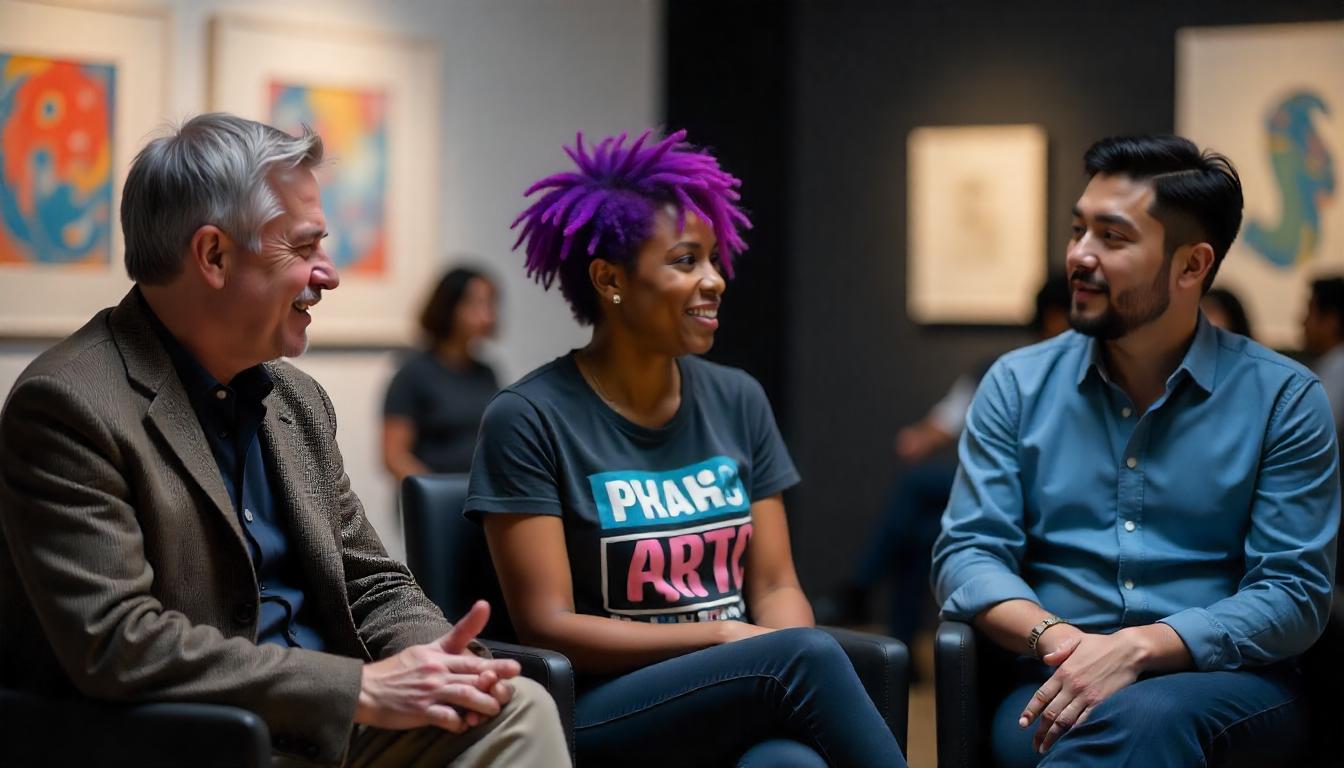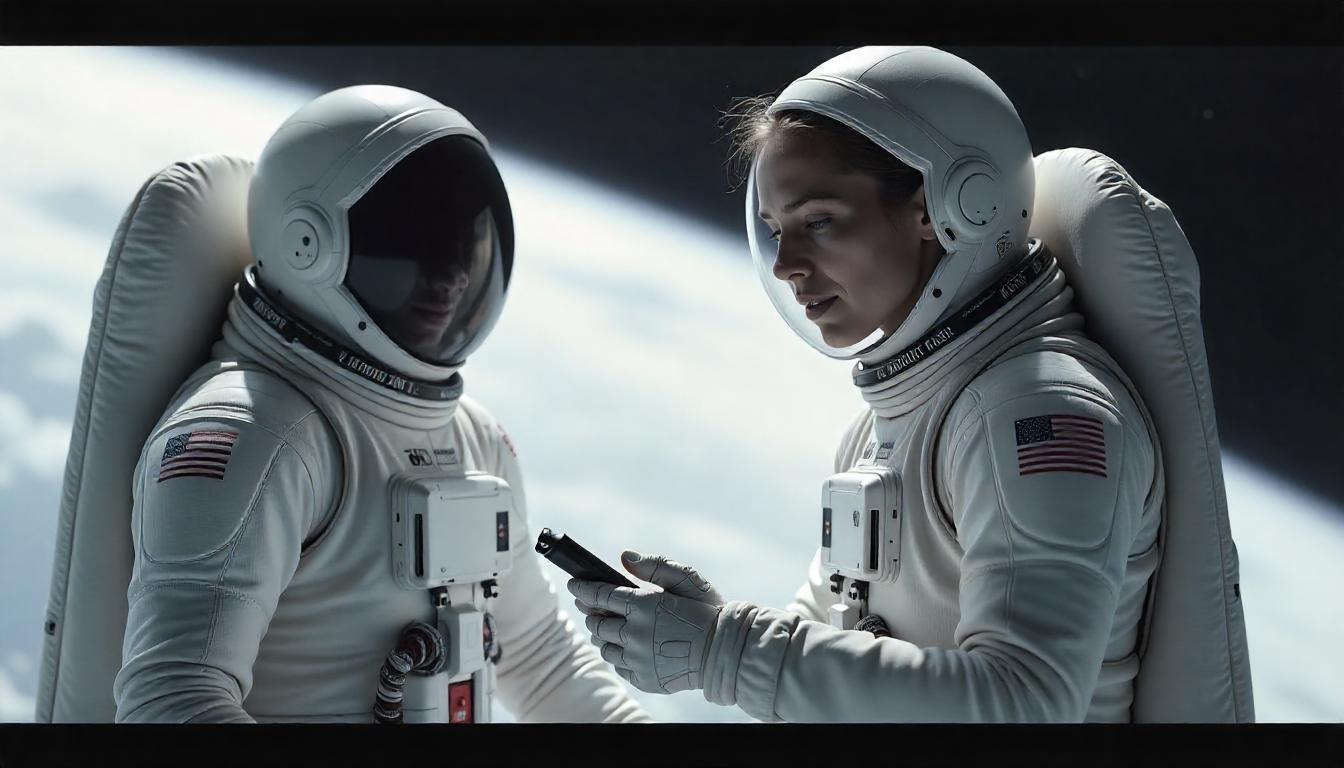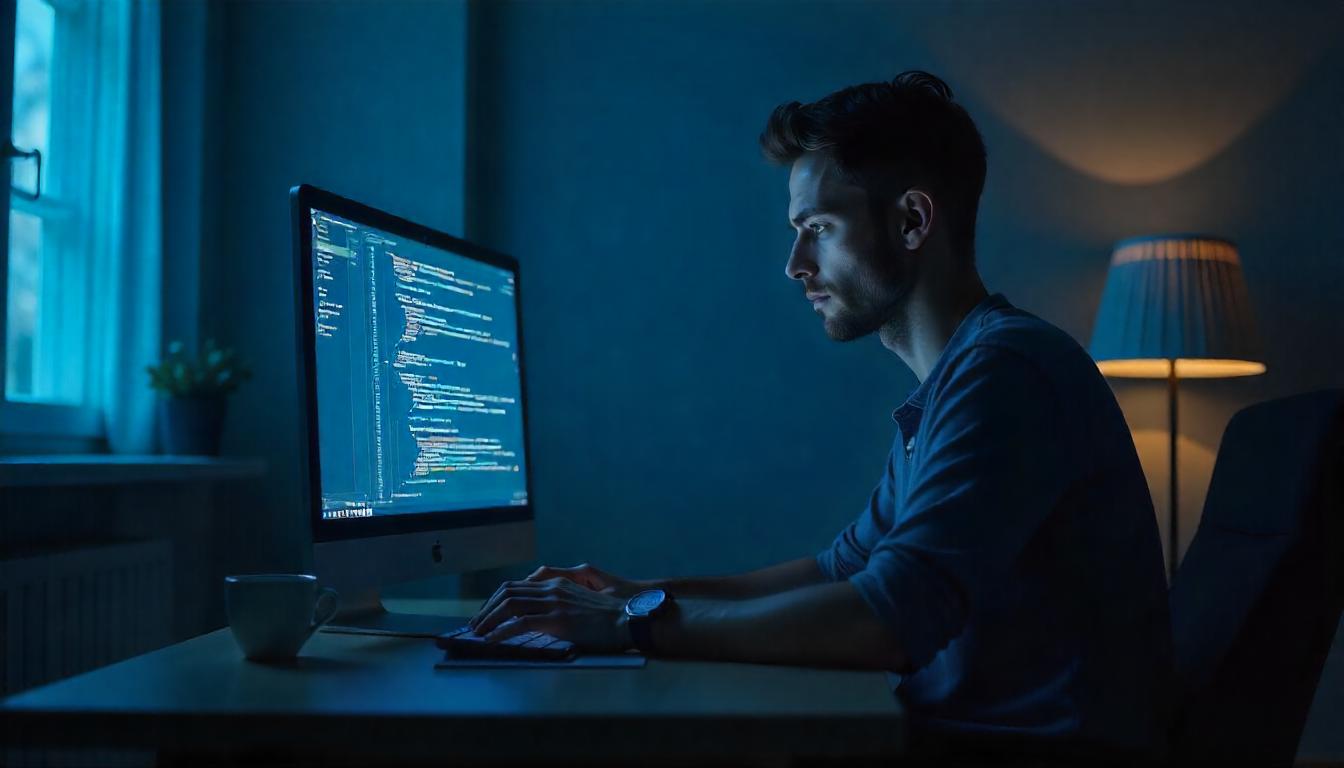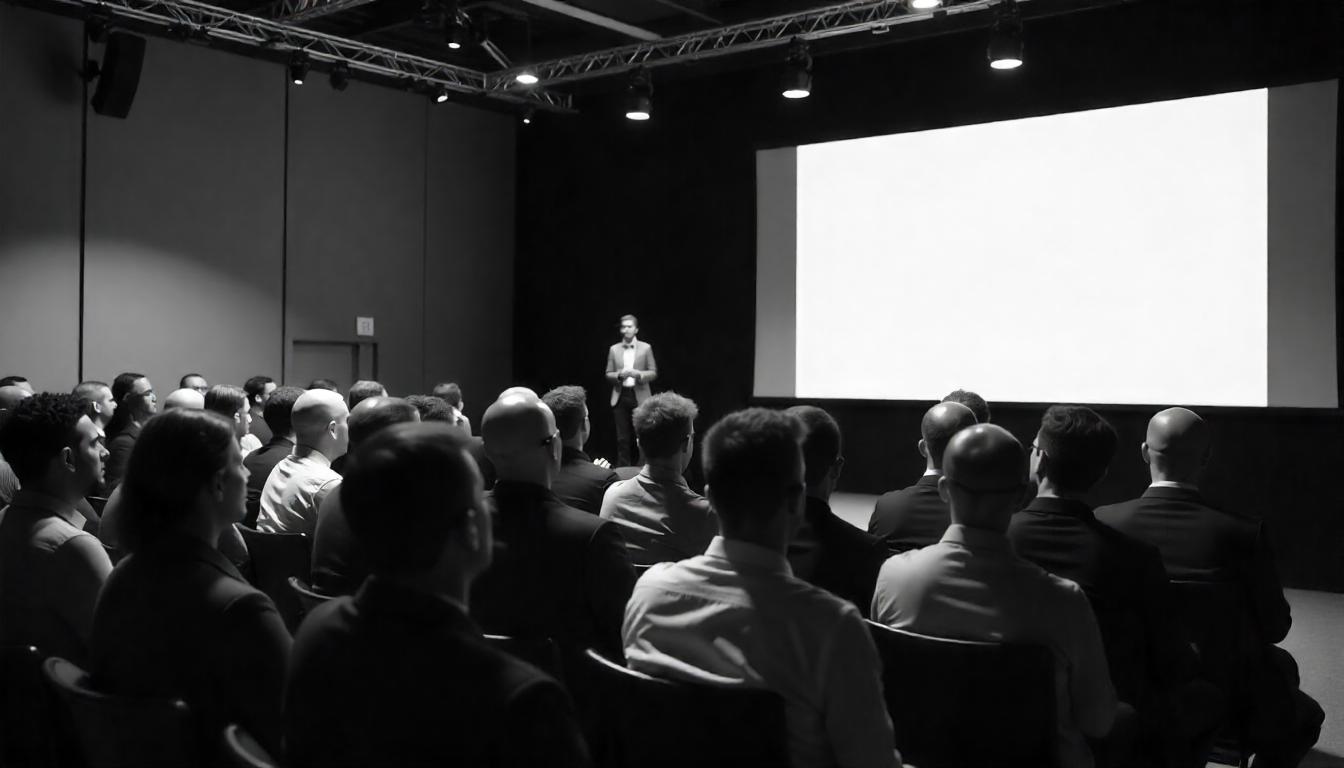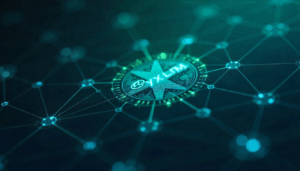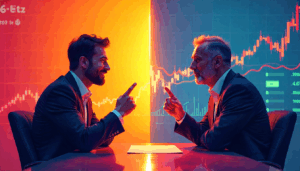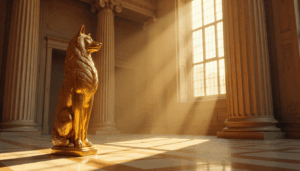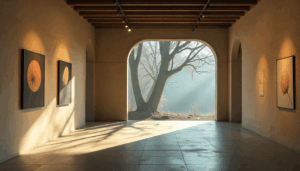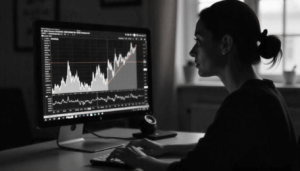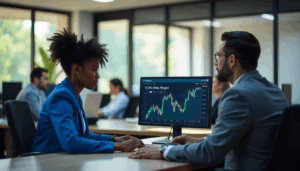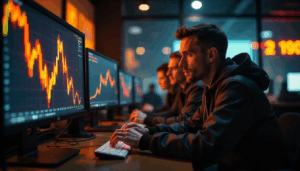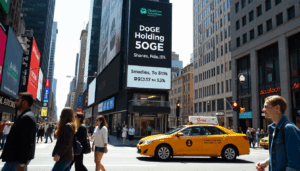AI’s Role in Art and Music: Pushing the Boundaries of Machine-Made Creativity
AI in Art and Music: Can Machines Be Creative?
When we think about creativity, we imagine painters bringing ideas to life on canvas or musicians composing songs that stir the soul. Creativity has always felt deeply human—a way for us to express emotions, share stories, and connect with each other. But today, Artificial Intelligence (AI) is stepping onto the creative stage. From generating digital art to composing music, AI is making waves and raising a big question: Can machines truly be creative?
How AI Creates Art and Music
AI doesn’t experience inspiration or emotions the way humans do. Instead, it “learns” by analyzing enormous amounts of existing art, music, and data. Once trained, it can generate new pieces that mimic or blend the styles it has studied. Here’s how AI is changing the creative landscape:
1. Digital Art with AI
AI art tools like DALL-E, Midjourney, and Stable Diffusion have amazed artists and the public alike. Give these systems a simple text prompt—like “a futuristic city under a neon sky”—and they produce stunning original images. Artists are using AI to:
- Explore new creative styles and aesthetics
- Develop concept art for games, films, and media projects
- Produce unique visuals faster than ever before
AI art often sparks inspiration, helping artists push beyond traditional boundaries.
2. AI in Music Composition
AI is also transforming how music is created. Platforms like AIVA and MuseNet can compose music in styles ranging from classical orchestras to modern pop. Musicians and producers use AI to:
- Create fresh melodies and harmonies
- Develop background music for videos, games, or podcasts
- Experiment with genres outside their usual repertoire
Sometimes, AI’s compositions are so well-crafted that listeners might not even realize a machine created them.
Can AI Really Be Creative?
Here’s the big debate: While AI can produce impressive work, is that true creativity?
- AI doesn’t feel emotions. Human artists draw inspiration from personal feelings and experiences. AI doesn’t experience joy, sadness, or passion—it’s simply processing data.
- No personal intent or story. Artists often create with a message or personal meaning. AI has no desires, memories, or motivations behind its creations.
- Master of remixing. AI excels at combining styles, mimicking famous artists, and generating new variations. But some argue this is more imitation than genuine innovation.
That said, AI is becoming a valuable partner in creativity, helping humans discover new ideas and possibilities.
Working with AI: A Creative Collaboration
Instead of replacing artists and musicians, AI is becoming a tool they can collaborate with. Creative professionals are teaming up with AI to:
- Spark fresh ideas and visual concepts
- Overcome creative blocks
- Accelerate certain parts of the artistic process
For many, AI is like a high-tech assistant, opening doors to creative opportunities that would be hard to achieve alone.
The Future of AI and Creativity
As AI keeps evolving, its role in art and music will continue to expand. We’re likely to see:
- AI co-writing music albums or movie soundtracks
- AI-created art displayed in major galleries
- Entirely new art forms emerging from human-AI collaboration
Even so, one truth remains: human creativity is irreplaceable. Our emotions, experiences, and unique perspectives give art and music meaning that machines simply can’t replicate. AI might help us create in new ways—but the true spark of creativity still belongs to people.
Share this content:
